Phones, Cell Phones & Wireless Telephony
Telecommunications devices, including cell phones, satellite radio or Voice over IP, connect us to one another and to the world of information at our fingertips. Learn all about the technologies we depend upon for efficient communication.
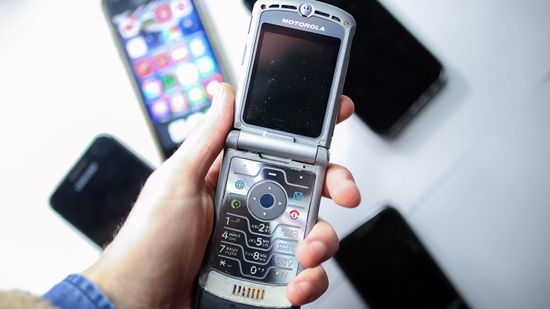
What’s Been the Best Selling Phone in the World?

Who Called Me From This Phone Number? Need-to-know Tips
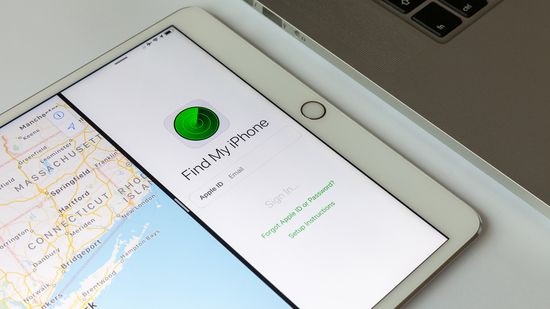
How to Track a Phone When It's Lost or Stolen

You Track the Weather. Does Your Weather App Track You Back?

How Cash App Works
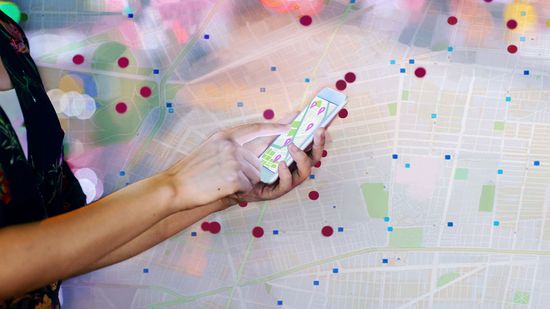
How to Fake a GPS Location on Your Phone
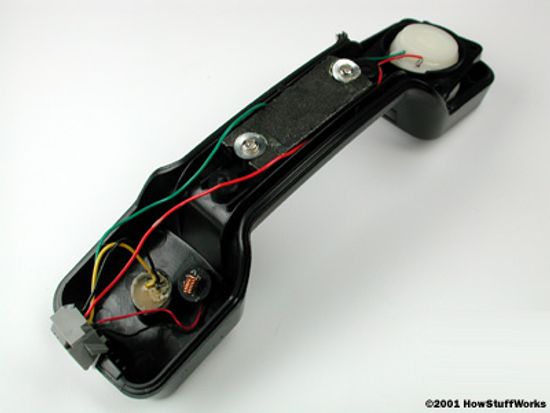
How To Tell if Your Phone Is Tapped

How do digital answering machines work?
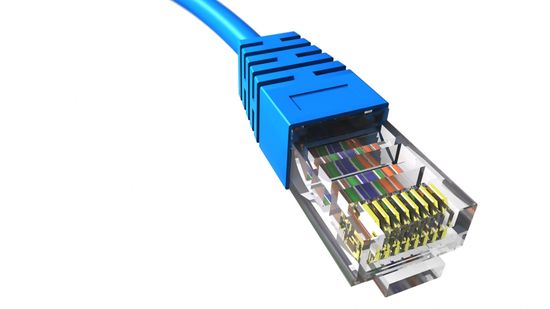
What do the yellow and black wires in a home telephone jack do?
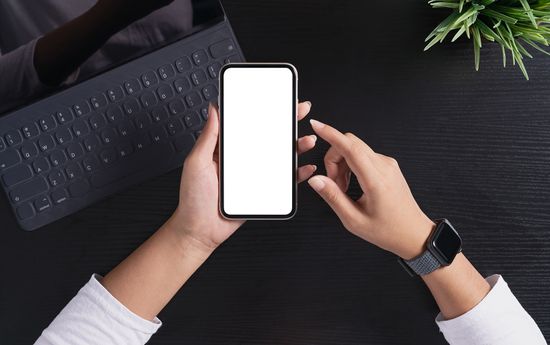
Will the U.S. Ever Run Out of Telephone Numbers?
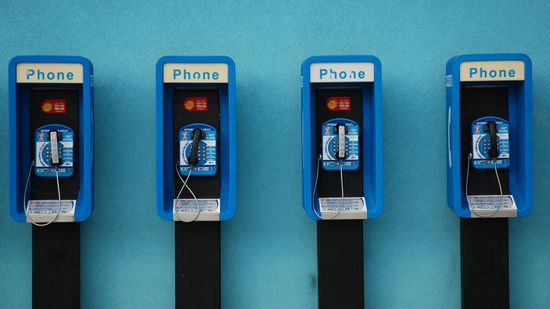
Remember Pay Phones? Philly's Bringing Them Back for Free
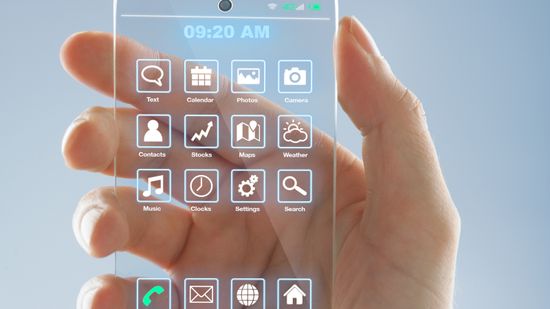
12 Futuristic Features Coming Soon To Smartphones
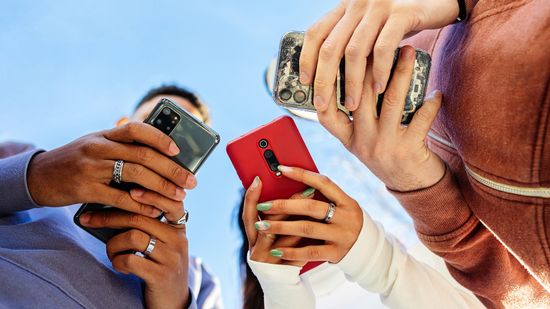
LTE Meaning: Understanding the Cell Phone Technology
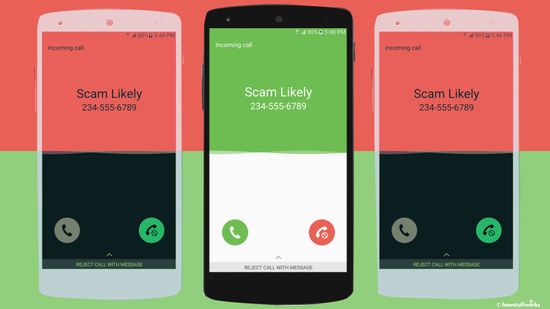
How Does My Phone Company Know a Call Is From a Scammer?
